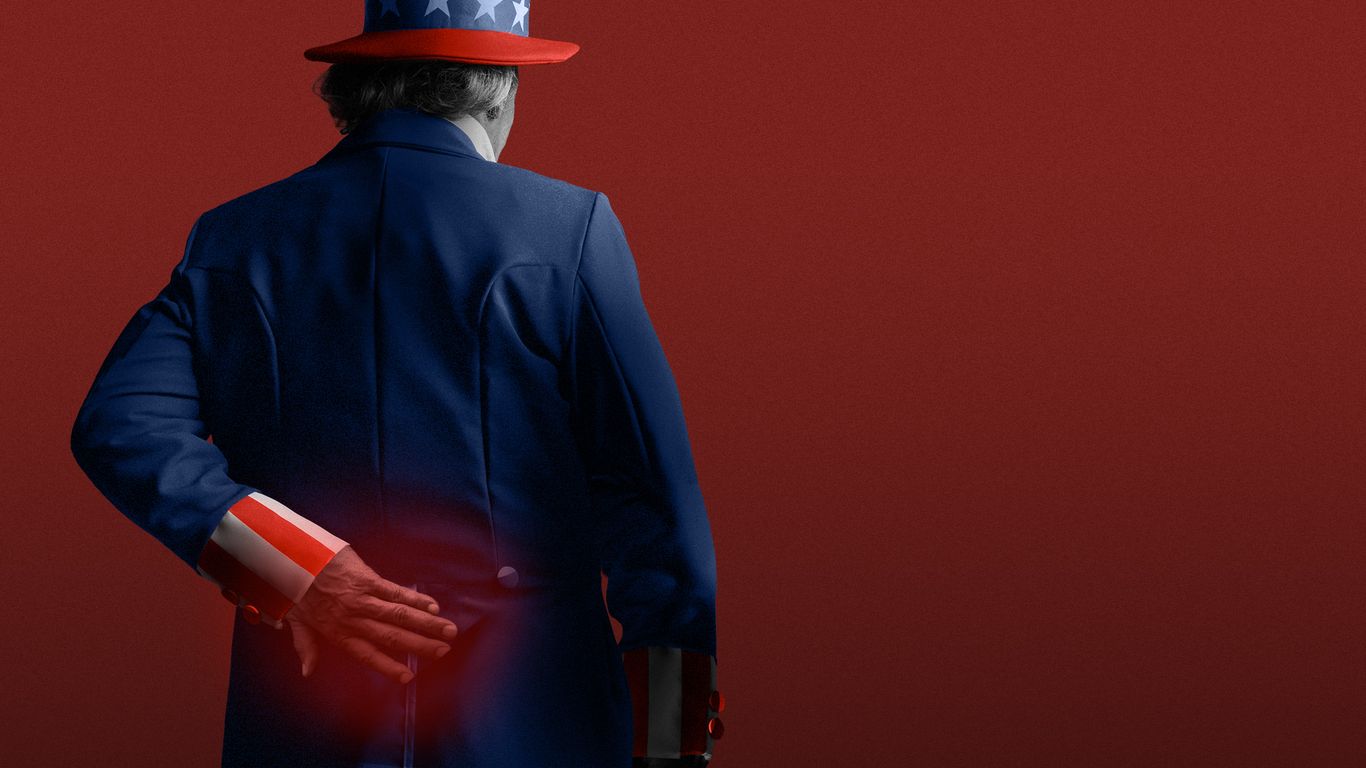
""The bottom line is that the risk of stagflation has risen meaningfully," Olu Sonola, an economist at Fitch Ratings, wrote in a client note. "Inflation is drifting further from target, private sector economic growth has slowed materially, and the labor market has just sounded a warning bell.""
"The economy added just 73,000 jobs last month, while historic downward revisions suggested the labor market added almost no jobs at all the previous two months."
"A measure of underlying domestic demand - which strips out swings in trade, inventory and government spending - rose at only a 1.2% rate in the second quarter, the weakest since the end of 2022."
"The Fed's go-to inflation measure rose in the final two months of the second quarter, despite moderating underlying growth. The Personal Consumption Expenditures price index rose by 2.6% in the 12 months through June, the second consecutive increase."
Economic indicators for the week reveal a troubling trend of stagflation with weaker job growth, a rise in inflation rates, and sluggish domestic demand. Jobs added only reached 73,000 last month, compounded by downward revisions indicating minimal job growth previously. Additionally, inflation continues to drift higher, as shown by the Personal Consumption Expenditures price index, which increased by 2.6% over the past year. Underlying domestic demand has also slowed, reflecting concerns about sustained economic growth prospects.
Read at Axios
Unable to calculate read time
Collection
[
|
...
]